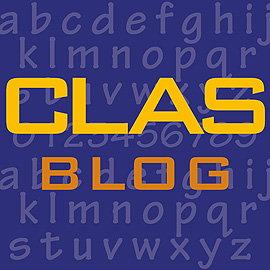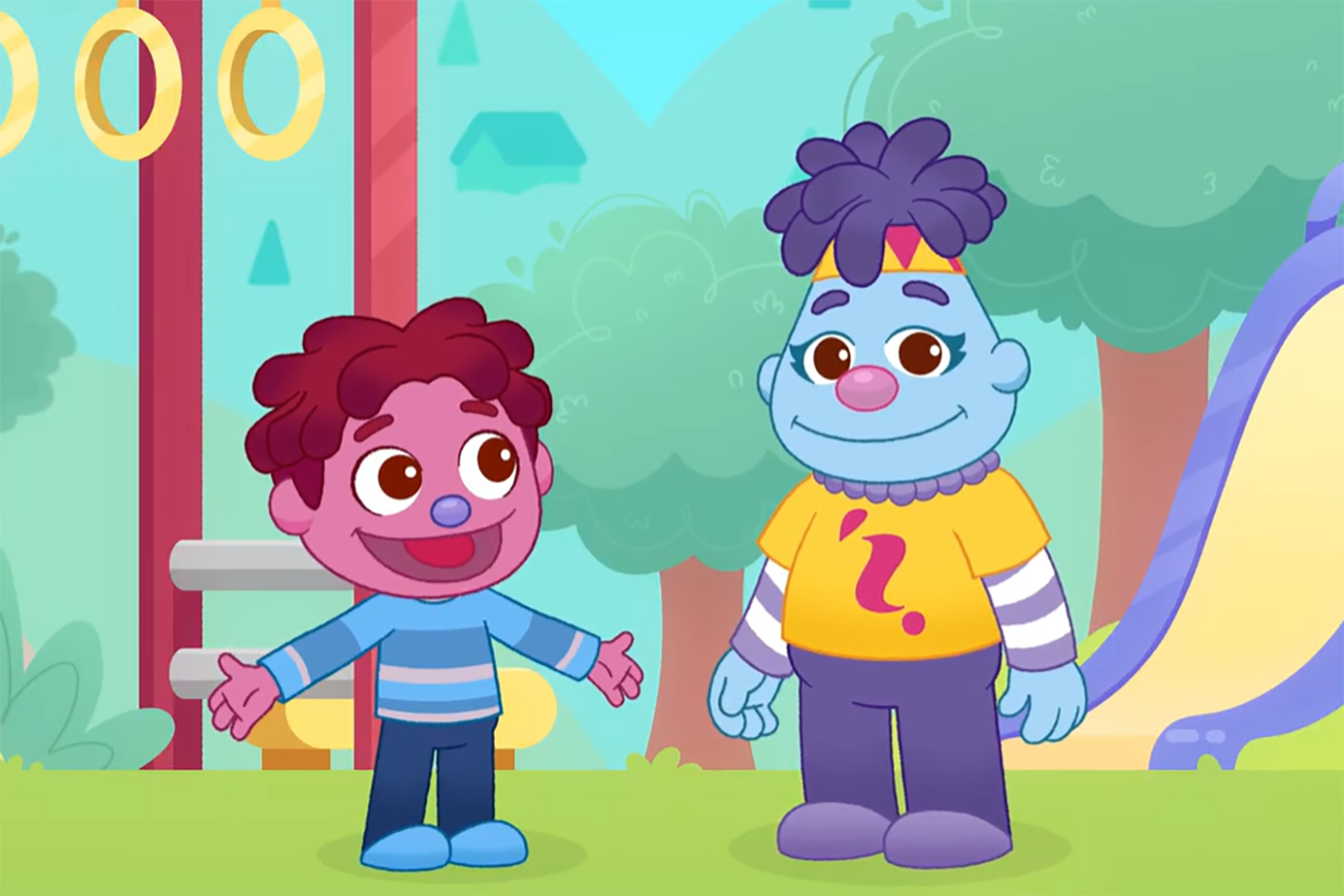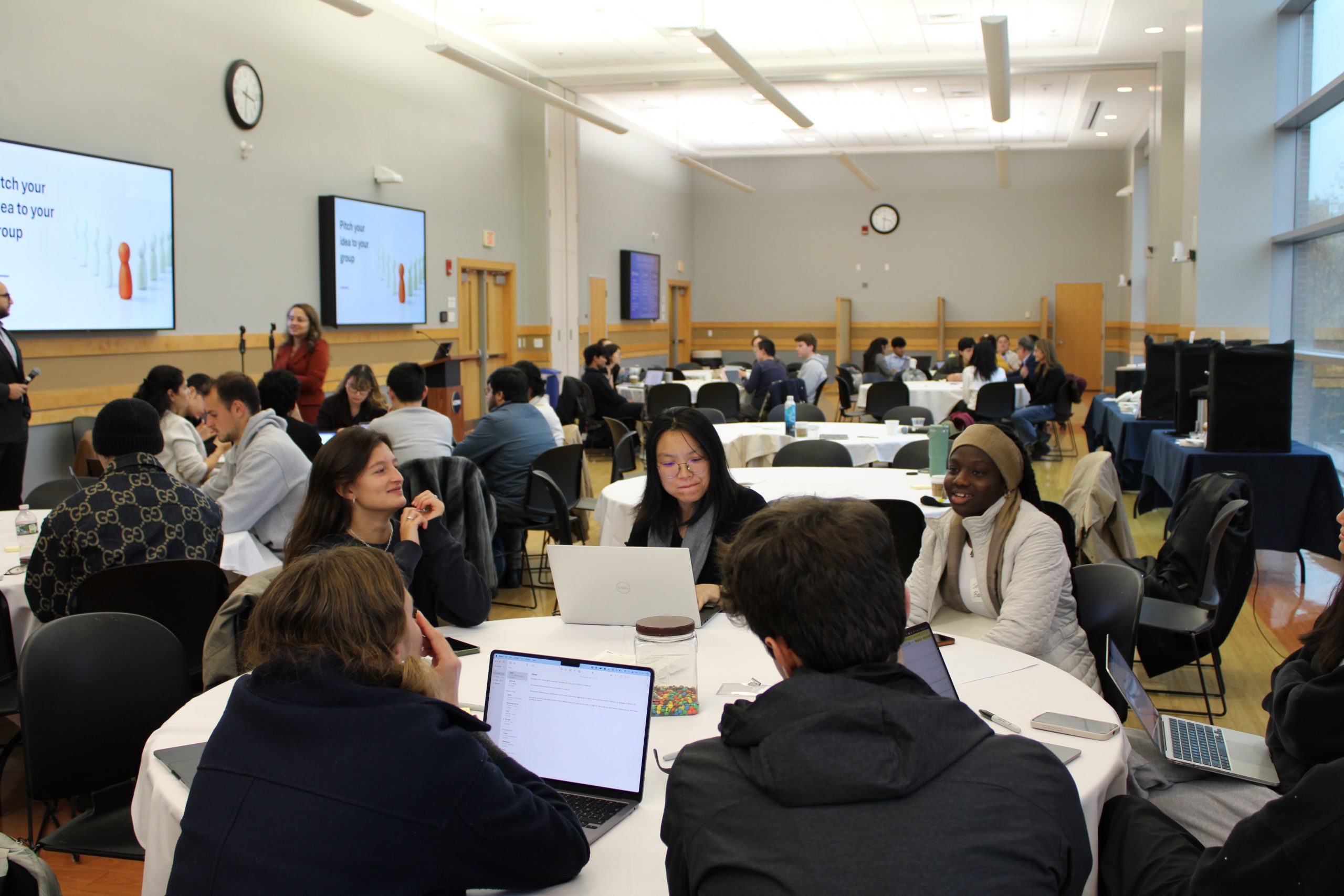
Unfortunately, a supercomputer won’t drive you to the clinic for a checkup.
By Jeremy Teitelbaum, Dean
College of Liberal Arts and Sciences
Last week I visited Watson, the IBM Jeopardy!-champion supercomputer that I’ve written about before, at IBM’s research facility in Yorktown Heights, NY. The day was spent in the very auditorium where Watson defeated Ken Jennings and Brad Rutter in the momentous Jeopardy! challenge, listening to a series of presentations about the design of Watson and its potential applications. One of the most eloquent presenters was Dr. Herbert Chase of Columbia School of Medicine, who talked about how Watson could help doctors deal with the nearly impossible task of mastering the enormous body of knowledge available to them and then applying that information in clinical practice.
As I listened to Dr. Chase’s excitement about the power of Watson-assisted diagnosis, my Watson mania began to fade, and I started to have a sinking feeling. Dr. Chase’s ideas sounded extremely cool – he is working with IBM to develop a sophisticated “expert system” based on Watson technology. Although expert systems have been in use in medicine for years, they have lacked the ability to process unstructured data like academic papers, patient histories, and clinical notes. Watson technology would make them more powerful and self-updating. With Watson’s help, doctors could minimize their own biases in diagnosis and could avoid mistakes in prescribing. Sounds pretty amazing, doesn’t it?
 It is amazing, but it’s also an old story. Once again, someone is proposing that a brand-new piece of sophisticated technology is going to be the solution to an age-old human problem. Sitting in that auditorium and listening to Dr. Chase’s excitement, I suddenly foresaw a future in which competing computer companies would advertise their web-based diagnostic assistants on TV, and people who didn’t feel well would show up at the doctor’s office with a printout from one of those sites explaining what’s wrong with them. I saw every clinical practice in the country buying supercomputer time so they could advertise “state-of-the-art computer-assisted diagnosis.” Pediatric call-in hours, where you once spoke to a doctor, and now speak to a medical assistant, will connect you to a website – or, even worse, to a phone system that sounds like the United Airlines reservation robot.
It is amazing, but it’s also an old story. Once again, someone is proposing that a brand-new piece of sophisticated technology is going to be the solution to an age-old human problem. Sitting in that auditorium and listening to Dr. Chase’s excitement, I suddenly foresaw a future in which competing computer companies would advertise their web-based diagnostic assistants on TV, and people who didn’t feel well would show up at the doctor’s office with a printout from one of those sites explaining what’s wrong with them. I saw every clinical practice in the country buying supercomputer time so they could advertise “state-of-the-art computer-assisted diagnosis.” Pediatric call-in hours, where you once spoke to a doctor, and now speak to a medical assistant, will connect you to a website – or, even worse, to a phone system that sounds like the United Airlines reservation robot.
Now maybe these changes will, in fact, provide better care. It’s possible – medical diagnosis is notoriously unreliable and treatments are often wrong. But I don’t see how Watson technology can address the core problems of health in this country, because I don’t see how it will get people proper pre-natal care, or vaccinate their children, or convince them to exercise and eat a healthy diet, or talk them into getting their colonoscopy when they turn 50. Nor do I see how it will help them pay for those basic services. These seem to be truly intractable problems, even harder than computer-based natural language recognition. Indeed, here in Connecticut, the public employee unions just voted against a deal with the state over benefits in part because it would have given them a health insurance discount if they followed guidelines for preventive care!
Every dollar spent on high-tech is a dollar not going into front-line public health. We are fascinated with diagnosing and treating illness, when so many of our problems – asthma, heart disease, diabetes, orthopedic problems derived from obesity – are rooted in behavior, income inequality, and environmental factors, and just don’t seem amenable to the classic diagnosis-treatment model of medical practice.
So I’m enthusiastic about Watson as a game-show winner, and I suspect the underlying technology will spread throughout our lives quickly and pervasively. But, unfortunately, I don’t think it will make us healthier. The biggest problem with our medical care, you see, is not in our algorithms, but in ourselves.
Comments? Send them to: dean@clas.uconn.edu
The College of Liberal Arts and Sciences has 23 departments in the sciences, humanities, and social sciences, ranging from physics to philosophy, and more than 15,000 students, 600 faculty, and 83,000 alumni. Learn more about our three initiatives, Health and Human Behavior, the Environment, and Culture and Society on the CLAS website.
Other CLAS Blog posts:
A Step Closer to Science Fiction?
Academic Freedom Meets Freedom of Information
A Civil Conversation on Contentious Issues
Meditations on A(nother) Snow Day
Coming to Grips with Climate Change
Ideas – The Psychological Currency of the University
Will ‘Crowdsourcing’ Revolutionize Scholarship?
Citizenship, Marriage, and Mosques: Problems in the Applied Humanities
Of Deans and English Professors
UConn Over Yale and Other Tales from Jim Draper ’41


